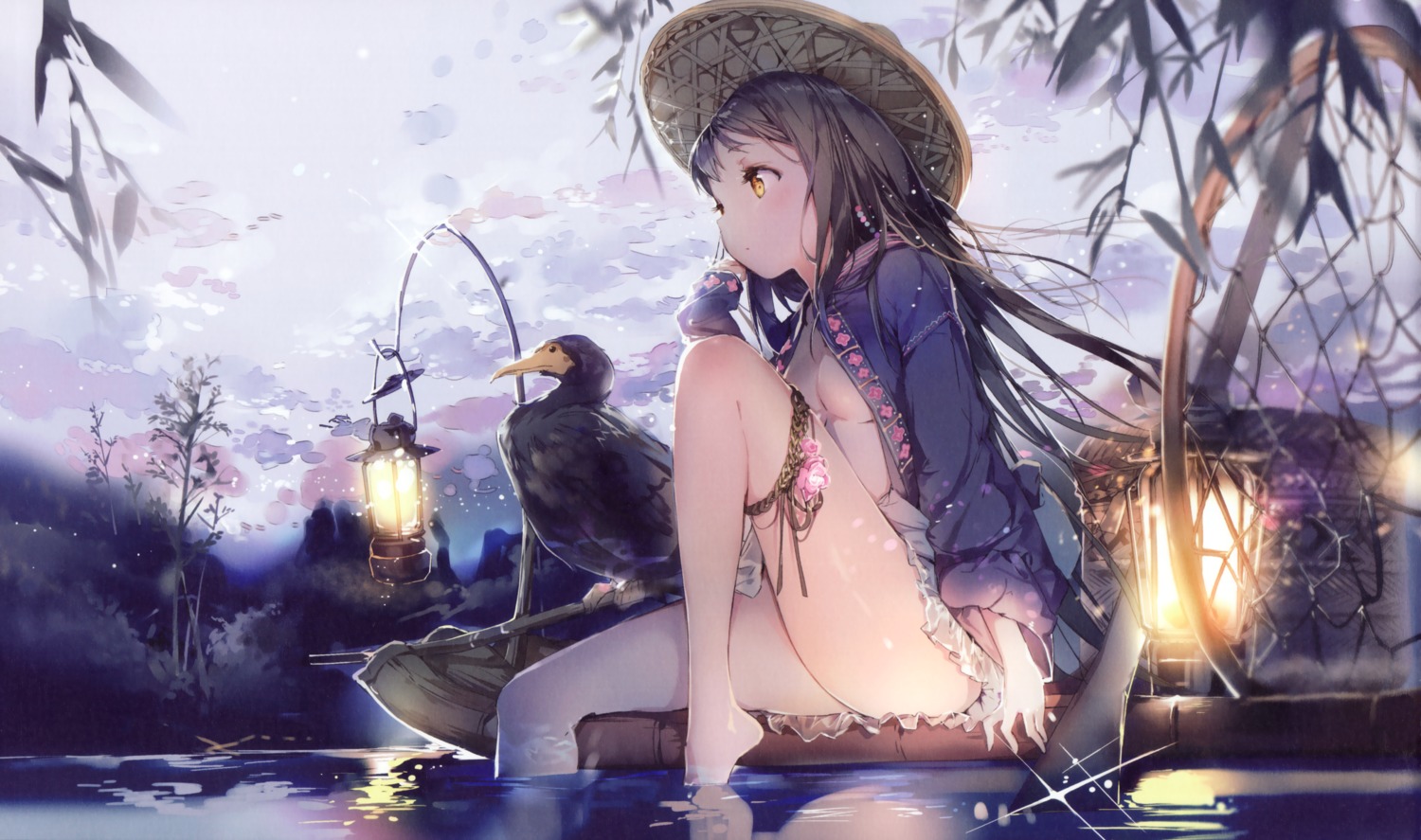This image has been resized. Click on the View larger version link in the sidebar for a high-quality version.
Hide this message.
Image samples have been disabled. If you find this to be too slow, you can turn samples back on in your profile settings.
This post belongs to a parent post.
Search
Tags
- ? anmi 661
- ? feet 50215
- ? garter 64284
- ? no bra 192139
- ? nopan 51409
- ? open shirt 106607
- ? underboob 14910
- ? wet 80644 no pan no panties under boob soles nobra thigh band partially submerged underwater open kimono open clothes partially unbuttoned foot open cardigan swimming no pants huge feet foot focus open robe
Statistics
- Id: 325769
- Posted: over 9 years ago by yong
- Size: 3484x2061
- Rating: Questionable
- Score: 274
- Favorited by: yumuji, zixuan531, ZhuZhimou, dhzzang4339, Horiny23, アカレル汐, chiu01, AngelBeats丶, 高坂, Anal_General, Qtaku, metrowav, demo_101, bladestormer, 8823848, XMC, 朽木紫苑, 惠惠丶, porgy, 猎狐逍遥, 萝莉控の胜利, studer23333, laudience, Kailovevivi, 从言若声, twfcxr, Samx123, 米坂葉樹, AnimeFan18, Simber, yunlan, surfur, 978620423, love235989, 741582003, MInanzi, tYcvb, futoyuno, tiankaihaiyue, r0dr0, hhzzyok, 131313, aknn, kianasama, ywwuyi123, adeemo, 紫幽恋, Saymachine, red_destiny, jump000801, neckprpr, AntiAccess, 看雪, lurww, danger_coby, LoliSquare, PygoBitch, 偷蛋的孩子, bwcxsm, xixicold_moe, wu200505025, Giuliavandom85, xiaqi, Maz1300, rlxd2dl, Penghuaxing, hhjvv, hirosan, 創造, 穹蒼zzz, lilee, 暗涌长夜, 梦之森, petak11, lxx6662333, Kagami_Rin, Melodict, MarsSider, laoliu666, lxx2333, SakuraFrost, lxx666, KissMyAsthma1995, kkkrito, struggle, hehx, hikari2333, luyang, reiryou_mokumori, reiryou_tachi, rpone.el, SilenceAtlantis, 913631298, SonnyPoint, 884116478@qq.com, miku-mio, DopDop, silencelam, 582357825, CyanStr, zhujun, 789652, jimmy123321, Beats0, Adren/HQ, nekomimi0413, Zyande, 夜梦秋枫桜神殿, Prolbo, inomiko, Ansy, Parlath, Kirey20, 3dhgame, zwer, redalertlbk, Riwer, ywtg211, 时光之外任我行, highaimer08, Alexandragon, DarrenS, andrewandrew, GreatSir, Xerneas26, Veta91, dreamer2908, Killerboyp, Koroyuki, redfalcon, qtljyabc, Rurutia, eczn, rokiseed, Lykuic, ccxuy, wk2359113, rick9988, a37356205, Alexkp, slowloris, felix430, zaraki111, cloud111, 70496495, ibrs, kogtof, ltdhz, nima2010, megax96, AncRad, poehalcho, N0ctis, longbowwing, fsh5678, Graan, terminator2k2, Kalessin, song0105, yumimi, fireattack, ZeroDist, blufox176, floattart, zuolo001, hikago, NiggahAdolf, msk1234, skydragonbeast, ZiegAsher, bakkou, ruiko, namiheij, exlodus, guardianlast, gibwar, Thanarys, traviszhen, sasuke59, ascend1, 炽热之瞳, norman, YunGoon, UCooooll, syuki144, fengxing, Anuca, Code_Nemesis, Sakurazaki, orochidrako, Healeffect, beitiao, q1w2e3r4t5y6, SinsOfSeven, vatar17, Abraxas, slayer124, aikaimolie, kran, tbchyu001, tangerineCC, zhy91, miraichan, Makaila, BlackDragon2, CeruleanShu, makiechang, VengfallRaptor, sein_kurusawa, 暗自神伤, DGedi, 1483155464, jerchongkong, Packaged, Sere, JinHyeong, paralax_qq, mkkoto, kami丨angel, loliconpedo, PKMNtrainerRED, nphuongsun93, h2so4cuso4, wchange, soddein, dragoncaliber, ppaine, kicu8, ethane, Relow, trace5333, SeeThrough, higoku, chlebekk, aussono, Telzen, hse400, CWC, lee1238234, Knives663, Misaka19948, vita, kyt30, Wildcard39, 617952214, fairyren, AspenExcel, andy1681, TopSpoiler, windkills (244 more)


gerbil193
over 9 years agofireattack
over 9 years agoyong
over 9 years agoThis one is the fourth revision, previous version i processed years ago was applied with sharpening filter, but require extensive clean up, which is why i didn't post it until now.
Cyberbeing
over 9 years agoyong
over 9 years agoAmni's book has higher printing quality than average doujinshi, which probably can be done at 400dpi if that amount of noise filtering is acceptable.
I'm suppose i could rescan/reprocess her tea bag catalog 2, and recent Nardack scan which suffer the same problem.
I didn't know how much is too much, that's why some of my scans have coarse surface. /facepalm
Cyberbeing
over 9 years agoUnfortunately it seems like I did overlook some highlight detail in a couple areas when I was restoring things, which does make it appear overfiltered. I went ahead and fixed those issues and uploaded a final filtered version in post #326303.
Overall I think it fine if you want to be conservative when filtering scans with a paper texture, since that is preferred to detail loss. It often takes way too much time to properly filter out a paper texture, sometimes requiring a rather tricky manual effort to get it looking good and even then having a moderate risk of failure if the texture is overlapping the details in the scan or just too intense. This one wasn't too bad since you had already gotten the texture moderately subdued.
yong
over 9 years agoAre you using the CS6+G'MIC only combo? I'm using Paint.net for most of my scans, but it's either have limited options or I might need to change the way of my current scan processing workflow.
Some of my scans have jaggy lines which ordinary denoise filter cannot be filtered out, or the build-in resampler are the culprit.
Anyway thank for the assist, my scan probably would stay the same if without anyone help ;D
Cyberbeing
over 9 years ago*Waifu2x RGB NR2
*Darken Color blending for filtered layer /w tweaked opacity
(helps preserve lineart)
*Repeat above filter passes as needed
*Topaz Denoise5 (grain 0.10 for dithering shadows)
*Layer Masks for recovering highlight detail
*Patch tool (manual cleanup of anything filter passes missed)
This entire filtering job was primarily an experiment to see how well Waifu2x RGB NR2 (denoise only) would interact with GreyC when tackling this kind of problem. Overall positive in eliminating some of the hard to filter out distortions while also refining lineart, but it had a bad tendency of treating all highlight edges which weren't surrounded by lineart as banding and filtering them into smooth gradients. Nothing which layer masks couldn't resolve though.
fireattack
over 9 years agoBy the way, won't Topaz Clean be better to smooth the dark area? Assuming you have access to this as well.
Another question, I have no idea what you mean by "NR2" of waifu2x, but anyway, which implementation do you recommend for local use (I have a nV graphic card if it matters)? caffe?
Cyberbeing
over 9 years ago"NR2" refers to "Noise Reduction Level 2".
Using either the tanakamura or caffe version is fine. Just avoid WL-Amigo waifu2x-converter-cpp which is bundled with koroshell ver1.01, since it doesn't support RGB filtering.